Can I use 3D printing to make thousands, tens of thousands, or hundreds of thousands of parts? Manufacturers are increasingly asking themselves this very question. They know 3D printing is a fast, cheap, and flexible tool for prototyping and making low volumes of unique parts, but does it make sense to use it for larger volumes?
The conventional wisdom holds that once you produce more than 10,000 copies of a single part, switching to injection molding or another traditional production method is more economical. Often, the economies of scale kick in at much lower volumes.
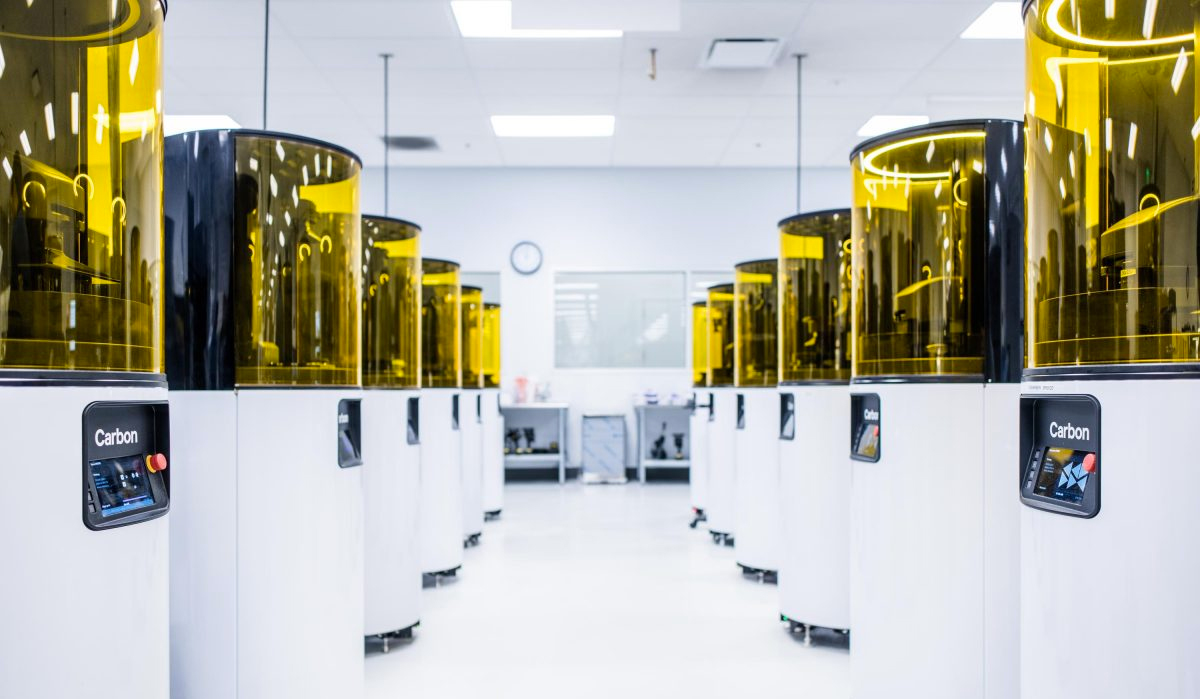
But additive manufacturing has unique features that, in certain circumstances, make it not only the more economical choice but the faster method for producing better, more efficient parts.
The idea of additive manufacturing mass production is not new, and it’s actually underway at the well-known companies we detail below. In fact, manufacturers have turned to 3D printing for their high-volume products for three main reasons:
- The part to produce has geometries or features not manufacturable any other way, or
- Each part in the mass volume must be unique and customized, or
- 3D printing as a temporary production solution to meet deadlines or overcome problems/delays with traditional methods.
For most manufacturers, however, 3D printing for mass production simply doesn’t make economic sense and presents more hurdles than advantages.
Let’s take a look at the challenges facing large-volume additive manufacturing and who is successfully 3D printing thousands of parts today, how, and why.
How Many is Mass?
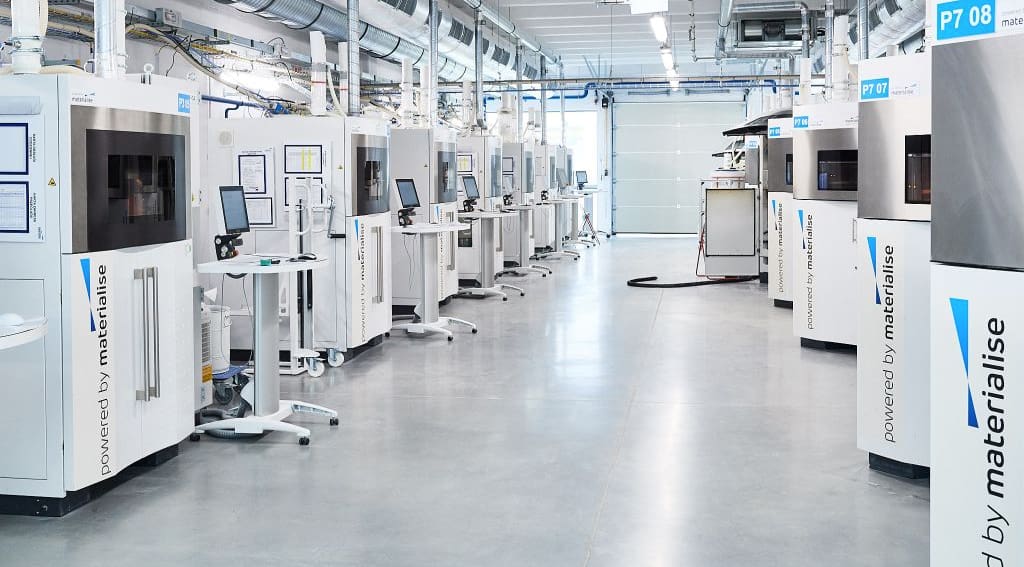
Before diving into the advantages of additive mass production, let’s define what we mean by production 3D printing, and it’s not an easy task.
When does additive manufacturing cross from low-volume to mass-volume manufacturing, above 1,000 parts, 10,000 parts? There’s no single agreed-upon definition for “mass production,” “serial production,” or “high-volume” since it depends on the industry and product.
If you’re a high-end watchmaker, for example, 3D printing 300 titanium housings is a large volume, but for a major automaker, 3D printing 10,000 aluminum brackets is a drop in the bucket.
For the purposes of this article, we’ll consider printing 500 to 10,000 parts to count as additive mass production, depending on the application. To qualify as production-level, an operator must print at least hundreds of parts during a single production run.
Pros & Cons of 3D Printing for Serial Production
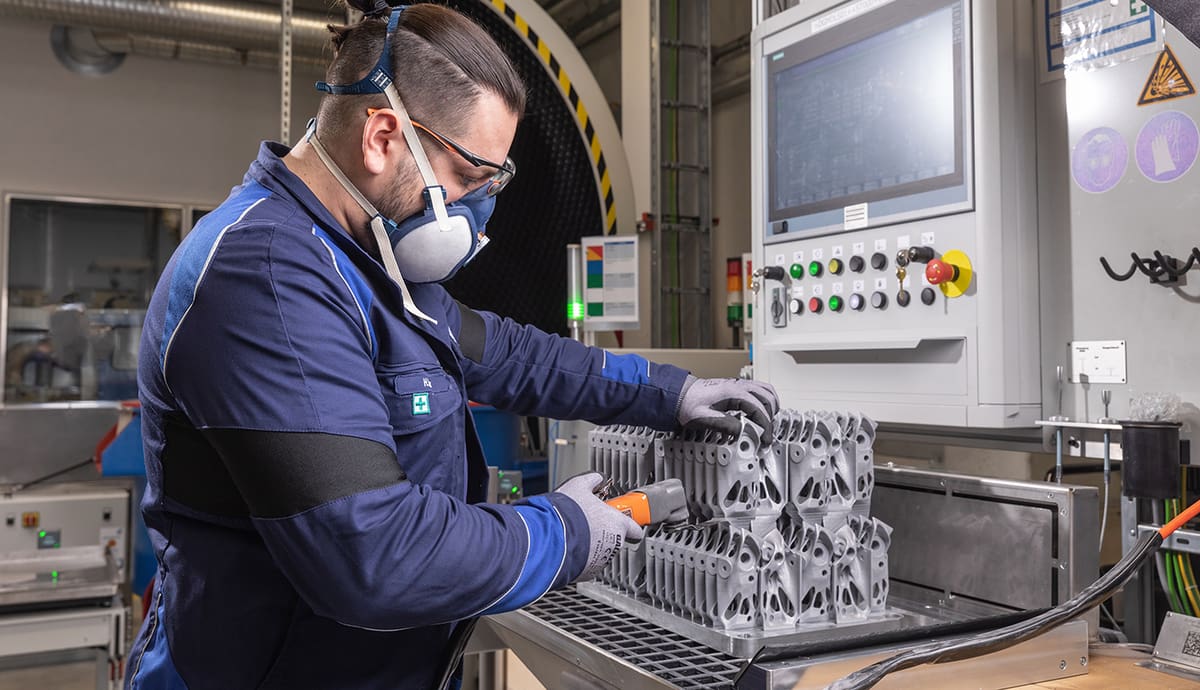
Additive mass production has brought significant advantages to the companies using it. These companies have overcome the technical and process challenges and, most importantly, found an application that perfectly fits the benefits of additive mass production.
If you’re considering high-volume 3D printing, you likely have pain points at your organization, such as needing to get products to market faster, needing to develop better-functioning products to boost their value, or looking to solve supply chain issues from your existing manufacturer.
Let’s look at the method’s uses and challenges.
Pros
Bridge Manufacturing. Using 3D printers to manufacture parts or products at volume before establishing mass production through conventional methods is a type of bridge manufacturing, a temporary gap measure between product idea and mass manufacturing. This method allows manufacturers to bring novel products to market significantly faster, which enables them to test market demand and possibly still make changes to the product. Changes after traditional manufacturing production are significantly more expensive because you’ve invested in the creation of molds and tools. 3D printing enables you to get your product to market before the competition, even if you’re still making some tweaks.
Bridge manufacturing is also a backup plan used when you have delays or machine outages in your traditional manufacturing. The option to mass produce your product with 3D printing eliminates downtime and builds in production redundancy, whether you 3D print in-house or farm out your additive manufacturing to a service provider.
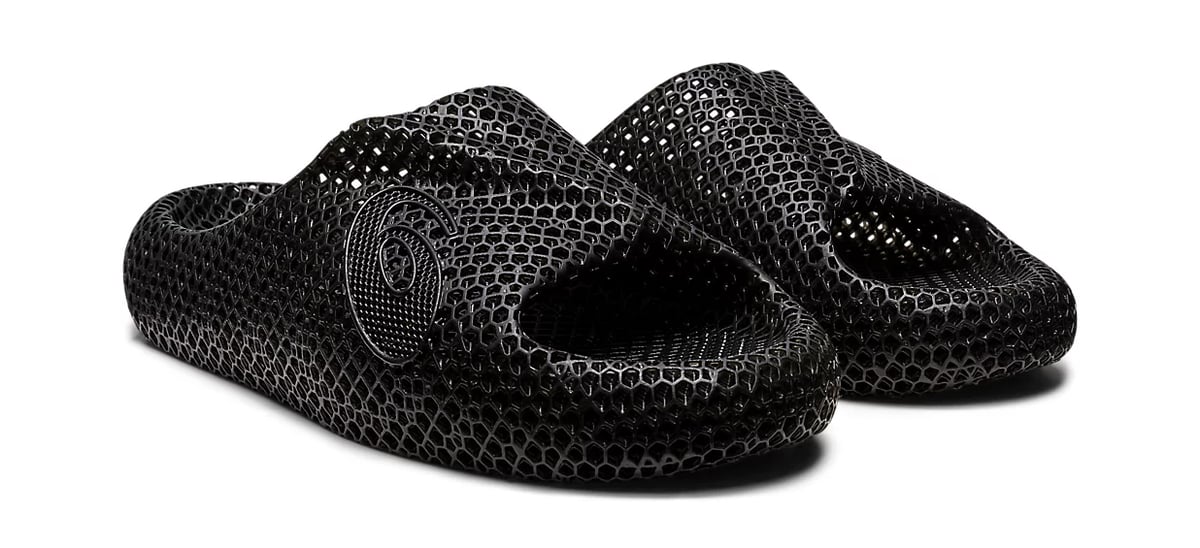
Design Freedom. Most of the companies using AM for mass production today chose it because the part they need to produce simply can’t be made any other way. The boost in part performance when 3d printed outweighs the higher price of additive manufacturing. For example, reducing the size and weight of a metal part by 3D printing it with internal lattice structures produces an advantage over the cost of manufacturing. Likewise, manufacturers can 3D print in one piece more efficient components that were previously injection molded as 10 pieces and assembled. The overall cost saving is clear, even if 3D printing is more expensive than injection molding.
Mass Customization. Completely unique to additive manufacturing is the concept of mass customization, which means each part in a production run can actually be unique, not exactly the same as is the case with injection molding. Before printing, additively manufactured parts exist only as digital CAD files, so you can easily modify products at this digital stage to match customer needs, offering more desirable, personalized options. For example, razor maker Gillette has harnessed 3D printing to mass-manufacture customized razor handles. Another great example of mass customization is 3D printed dental aligners, printed hundreds at a time.
Production Flexibility. Due to the lack of tooling or other production necessities of traditional manufacturing, 3D printers can start producing different parts or new versions instantly, saving manufacturers money and time associated with retooling.

On-site/Local Manufacturing: Recent global supply chain disruptions have highlighted the vulnerabilities of traditional manufacturing. With 3D printers, you can produce parts in-house or at a local service provider, completely removing delivery times and supply chain interruptions from the equation. Using service providers worldwide, it’s also possible to exercise distributed manufacturing, sending parts to be printed as close as possible to the end user avoiding shipping costs.
Faster Production. Manufacturers know that 3D printing is faster than conventional manufacturing for prototypes, but 3D printers can produce functional, production-grade parts around the clock with minimal supervision — given the right software, hardware, and processes.
Sustainability: Additive manufacturing for mass production uses less raw material than subtractive manufacturing methods, like CNC milling, can be produced closer to the point of need and doesn’t work on the concept of minimums, which can lead to overstock waste. Companies can print just what they need.
Cons
High-volume additive manufacturing is not the best solution for every product, and many companies will find the multi-step process of taking a product from software to shipping via additive manufacturing overwhelming. Below are some of the reasons you may not select 3D printing for your product in high volumes. Keep in mind, though, that outsourcing your mass production to a 3D printing service provider would mitigate many of these issues.
High Upfront Costs: To 3D print in high volumes in-house, you need large 3D printers or many 3D printers, which is a significant investment. You’ll also need to purchase materials and operating software while designing and implementing an entirely new digital and manual workflow.
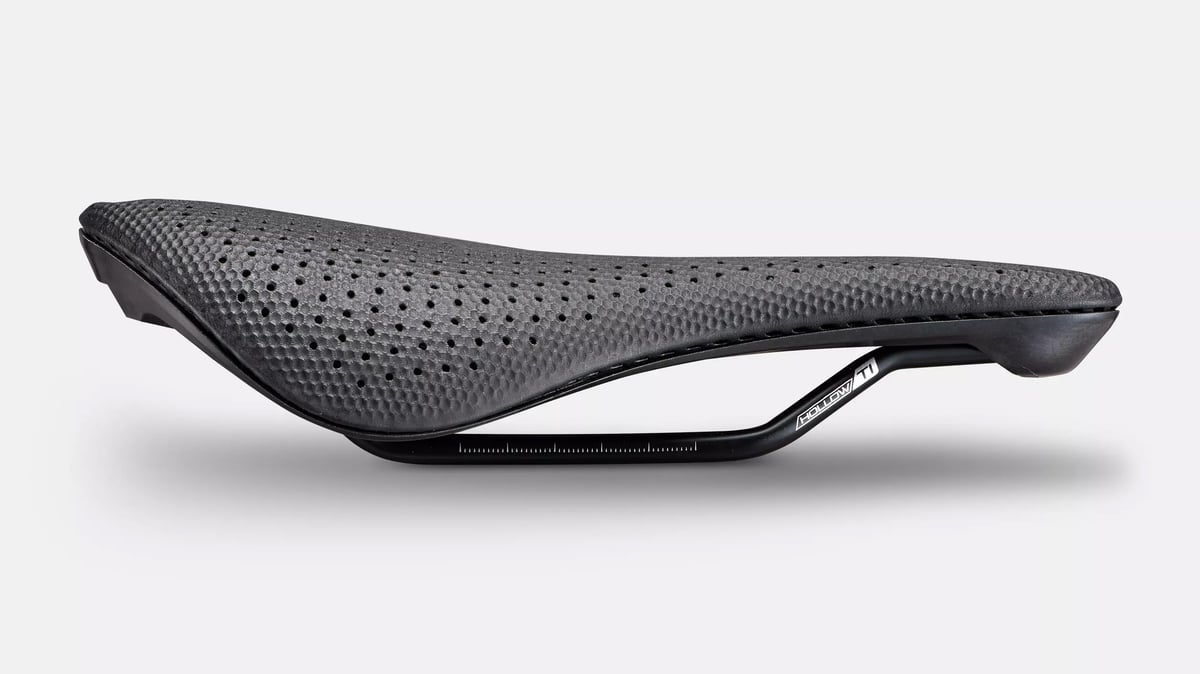
Design for Additive Manufacturing: As we mentioned, most companies 3D printing at high volumes today are producing parts specifically designed to be made with this technology. Traditional and additive manufacturing require different design principles. Engineers and product designers used to working with conventional methods can find it challenging to transition to design for additive manufacturing (DfAM) to make the most efficient use of 3D printing. Additionally, the cost to re-train them may be significant. 3D printing the exact same part you currently machine or injection mold in high volume without any redesign is almost never a good idea.
Repeatability Issues: Repeatability refers to a 3D printer’s ability to repeatedly produce identical parts. However, the machines can be very sensitive and even small calibration or material changes can result in print errors. Clearing failed prints and recalibrating the printers can be time-consuming and result in lost production.
Siloed Machines: Nearly all additive mass production today is done with groups of 3D printers from the same vendor. Manufacturers can have rooms of 30 Carbon 3D printers or 40 printers from EOS. This provides some assurance of connectivity and consistency, but it does lock in manufacturers to one 3D printer OEM. The operating systems, perimeters, and even materials differ drastically from one 3D printer to another. Even with advances in additive manufacturing workflow software, establishing a smooth workflow in an environment where multiple different 3D printers need to work in unison is very challenging, to say the least.
Skilled Labor: To mass additive manufacture in-house, you’ll need skilled labor. Although a single worker can operate multiple 3D printers, hiring expert staff or retraining existing employees to use the machines can be costly.
Material Costs: Great strides have been made among 3D printer makers to be able to use the same materials used in injection molding and to be open to third-party materials. Many, however, still can only assure quality when using proprietary materials, which are generally costlier.
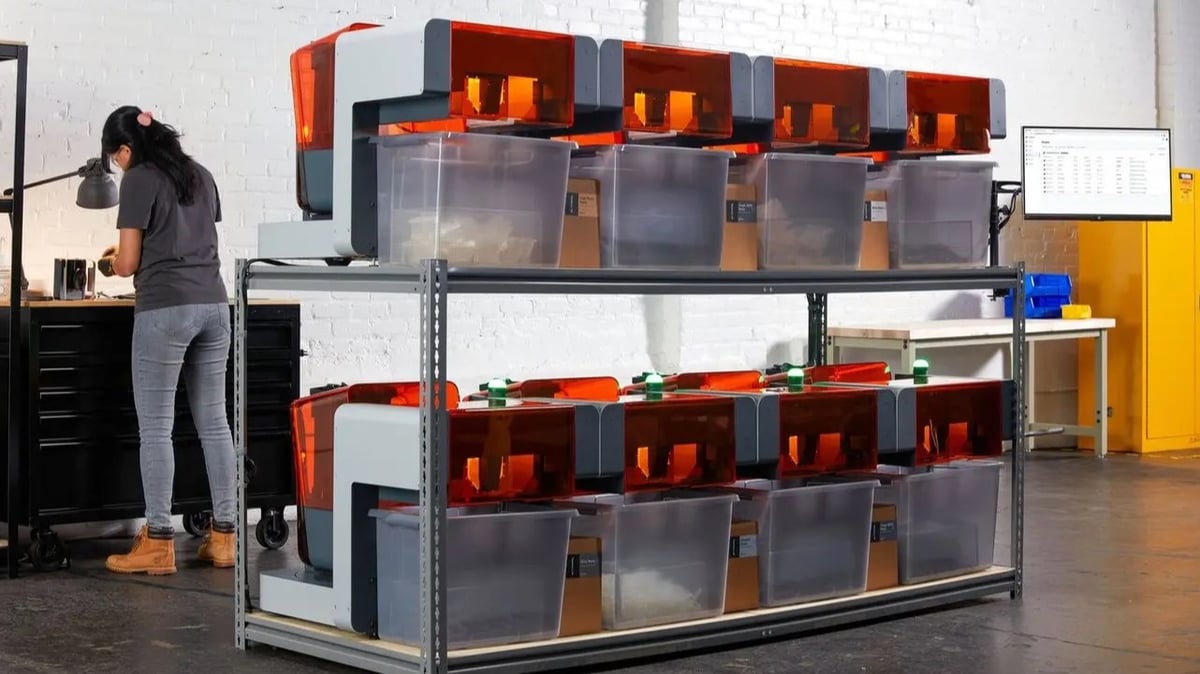
Lack of Standards: 3D printing industry technologies and materials are not yet standardized to the same degree as traditional manufacturing. As such, manufacturers who rely on safety or quality certifications may not yet be able to confidently implement AM technologies at scale.
Post-Processing. Nearly all 3D printed parts require some post-processing, ranging from support removal to curing, sintering, sanding, smoothing, painting, or even CNC milling for tighter tolerances. An additive mass production facility must have in place a smooth post-processing workflow to move parts from the printers through various post-processing.
AM for Mass Production in Action
Although there are many impressive additive mass production proof-of-concept studies — both completed and underway — from the likes of BMW, GM, and US military branches, below we showcase real-life high-volume 3D printing examples that are solving manufacturing problems and delivering innovative products for companies worldwide.
Consumer Goods
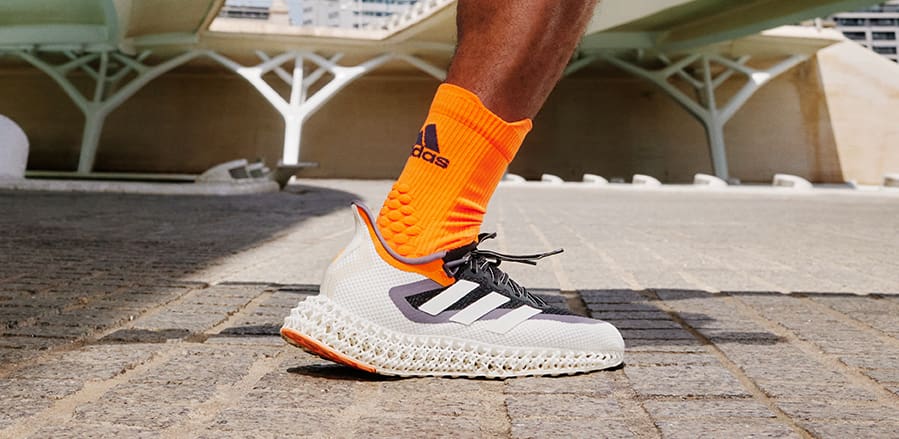
Adidas 4DFWD Running Shoes
- Company: Adidas
- Product: 4DFWD running shoe midsoles
- Parts: 2 million +
- Reason: AM delivered a unique shape not possible with other manufacturing technology.
- Printer: Carbon
- Technology: Resin
The Adidas 4DFWD is the world’s highest-volume 3D printed shoe with global sales in the millions. The 4DFWD’s unique 3D printed lattice midsole is a unique design that, according to Adidas, incorporates a property of physics directly into this advanced running shoe. The proprietary FWD Cell shape translates vertical impact forces from a runner’s downward step into forward momentum. This lattice structure is not possible to manufacture with injection molding or machining. Carbon 3D printing technology is also used to mass produce padding for Rawlings baseball gloves , helmets for the NFL, and bicycle seats for Specialized.
Oppo’s Titanium Hinge for Foldable Phone

- Company: Oppo
- Product: Find N5
- Parts: 10,000+
- Reason: AM delivered a thin, strong titanium part no possible with other manufacturing technology.
- Printer: BLT
- Technology: metal LPBF
Much of the really impressive uses of metal 3D printing are found in aerospace, defense, and areas where details are scarce, which makes this new Find N5 folding phone hinge so exciting. 3D printed in titanium on a metal laser powder bed fusion machine from BLT, it’s only 0.15 mm thick. Production? BLT can make nearly 300 hinges a day on one machine.
Cobra Golf Putters & Irons
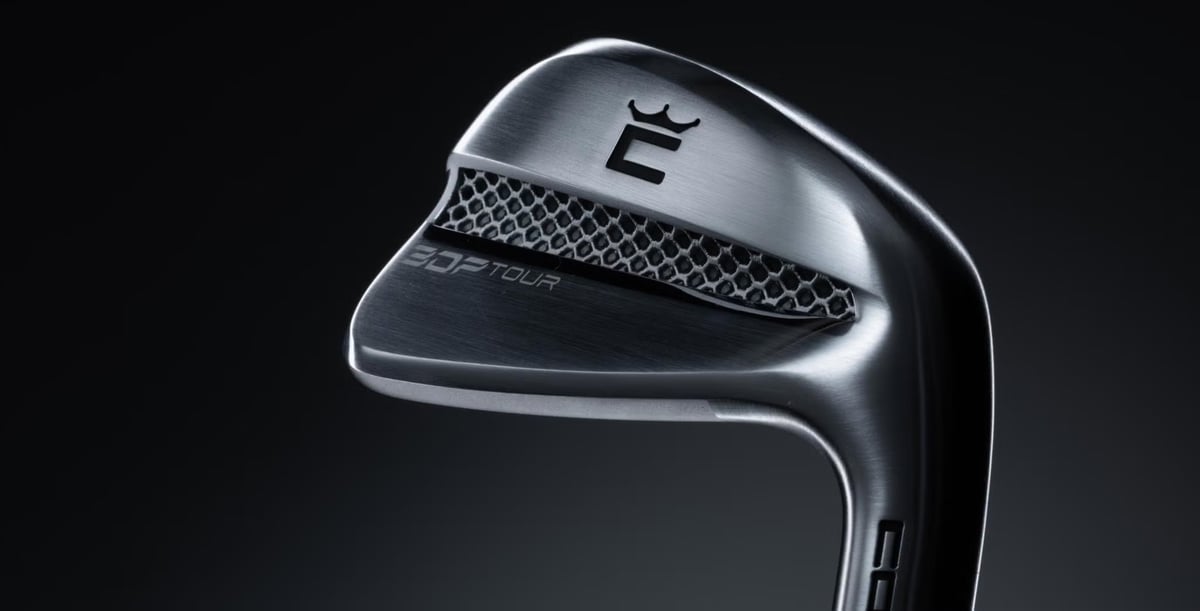
- Company: Cobra Golf
- Product: King Putter Series, Limit3D Irons, 3DP Tour Irons
- Parts: 30,000+
- Reason: AM delivered a unique shape not possible with other manufacturing technology.
- Printer: HP
- Technology: Multi Jet Fusion
Cobra turned to 3D printing to give its putters and irons better weight balance through complex lattice structures instead of solid material.
The King 3D printed putter family consists of three models in three distinct shapes. There’s an oversized blade model that brings back the Supersport-35 name first seen in last year’s limited-edition version, plus a fang-shaped putter called the SuperNova and a mallet-style putter called the Agera. All use a 3D printed nylon lattice cartridge that forms the core of the putter’s construction, with forged aluminum and tungsten making up the body around it.
The newer family of irons, 3D printed from 316 stainless steel, deliver the most “forgiving blade shape on the market”, the company says.
Hasbro Customized Action Figures

- Company: Hasbro
- Product: Selfie Series Action Figures
- Parts: 5,000 +
- Reason: AM delivered a customized shape not possible with other
- manufacturing technology.
- Printer: Formlabs
- Technology: Resin
In late 2022, toy maker Hasbro officially launched its Selfie Series program that puts your face on an action figure body. Hasbro injection molds the bodies, but the faces are generated by customers who 3D scan their faces and use a special app. These individual digital face files are 3D printed as unique doll heads on Formlabs printers dozens at a time.
Monoqool Eyeglass Frame Collection
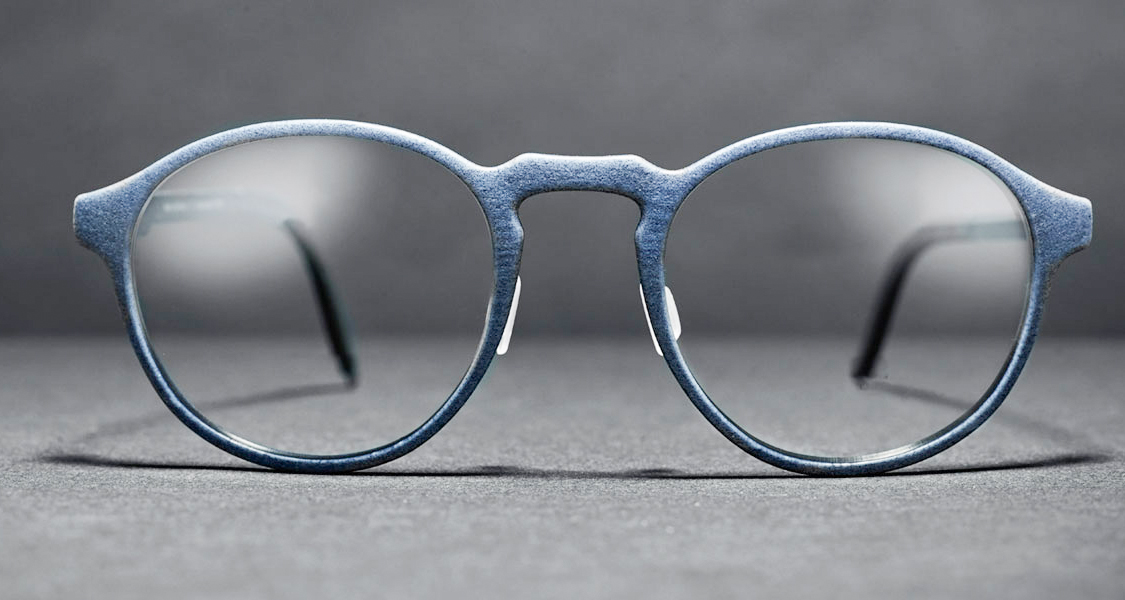
- Company: Monoqool
- Product: Eye Glass Frames
- Parts: 2,000 +
- Reason: AM delivered a method for mass customization not possible with other manufacturing technology.
- Printer: Unknown
- Technology: Selective Laser Sintering
Monoqool is a Danish 3D printed glasses frame retailer and manufacturer that offers a variety of unique 3D printed eyeglass frame styles to choose from. The frames are lightweight and screwless, sintered as one piece from a polyamide powder. The company selected 3D printing for its ability to more economically produce a customer-specific product that still goes through several manufacturing steps, including coloring, polishing, and assembly. Monoqool takes advantage of 3D printing’s flexibility to respond quickly to style trends in eyewear.
Chanel Mascara Brushes
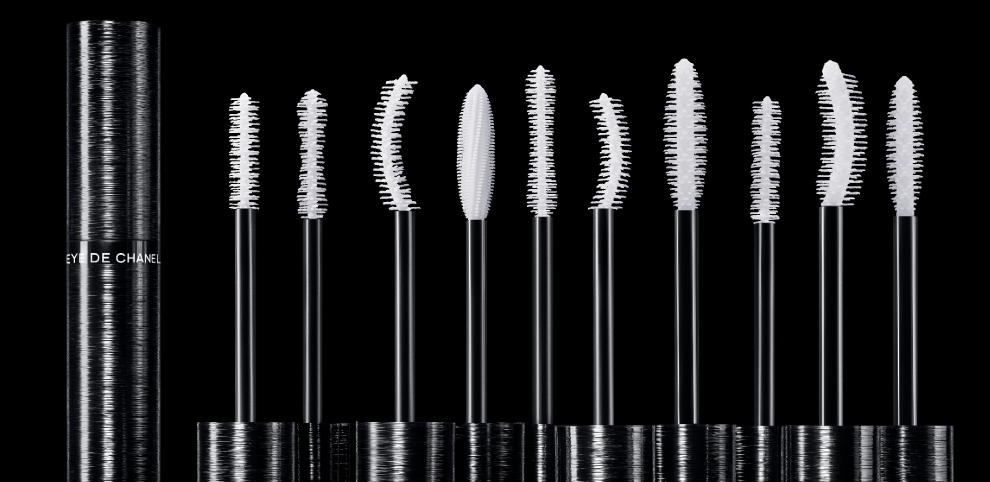
- Company: Chanel
- Product: Volume Stretch mascara brush
- Parts: 250,000 per week
- Reason: AM delivered a unique shape not possible with other manufacturing technology.
- Printer: EOS via 3D printing company Erpro
- Technology: Selective Laser Sintering
Luxury brand Chanel’s Volume Stretch mascara brush is produced on an industrial scale via 3D printing. The extremely precise shape of the brush features five sets of bristles implanted in an ellipse with a hollow core, a brush shape impossible to achieve without 3D printing technology. The design was created and patented by french manufacturer Erpro and is made with a caster-based polyamide powder called Rilsan powder from Arkema.
Jack Wolfskin 3D Aerorise Hiking Backpack
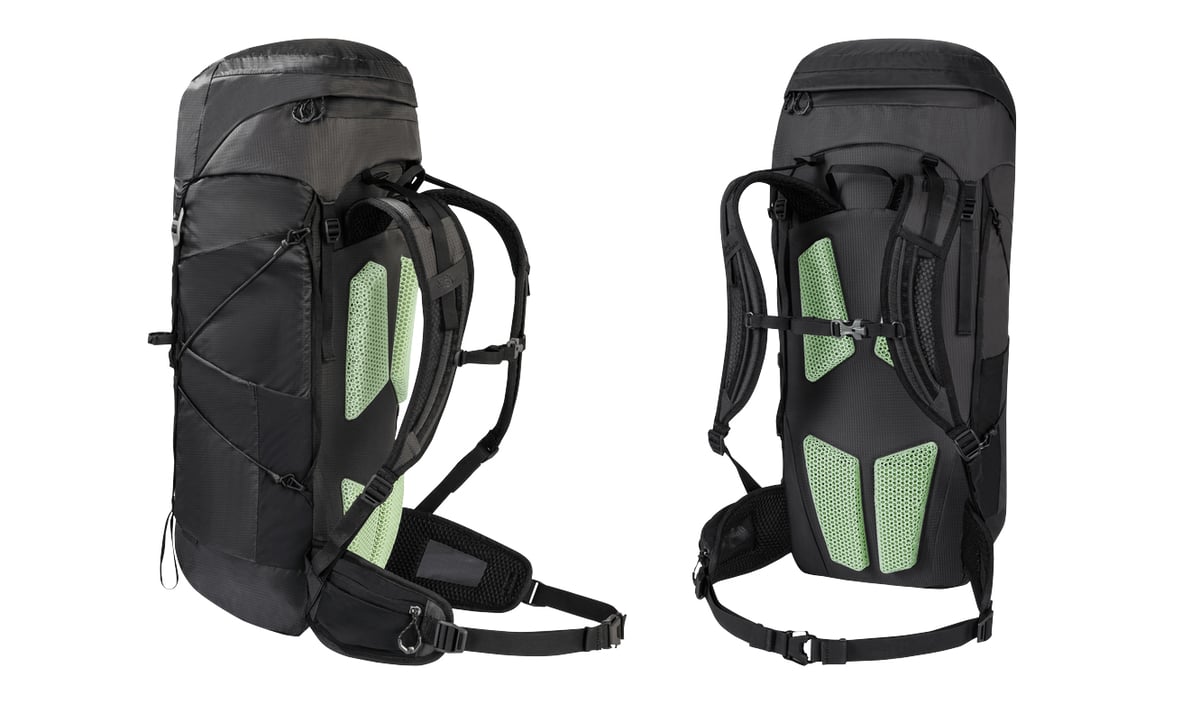
- Company: Jack Wolfskin
- Product: Aerorise Treking Backpack
- Parts: 2,000 +
- Reason: AM delivered a unique shape not possible with other manufacturing technology.
- Printer: Carbon via 3D printing company Oechsler
- Technology: Resin
European outdoor outfitter Jack Wolfskin sought to design a backpack with padding that enables ventilation and comfort. A supporting open lattice-structure pad that provides different degrees of firmness in different sections to give more support where needed was just the solution. It wasn’t possible to mold or machine the intricate shape. Working with 3D printer maker Carbon and printing service company Oechsler, Jack Wolfskin now 3D prints the padding available in it high-end pack sold online and at retail stores.
Automotive & Aviation

Daimler Bus & Truck Spare Parts
- Company: Daimler
- Product: Bus Spare Parts
- Parts: 40,000 +
- Reason: AM delivered a more efficient spare part supply workflow
- Printer: 3D Systems
- Technology: polymer laser powder bed fusion
Daimler Truck, one of the world’s largest commercial vehicle manufacturers, launched an automotive serial additive manufacturing program to empower Daimler Buses’ certified partners to produce spare parts locally, significantly reducing vehicle downtime and improving maintenance efficiency, the company says.
The newly developed solution enables certified 3D printing partners to manufacture a variety of spare parts on-site, including underhood components and cabin interior elements such as pins, covers, and inserts. By decentralizing the production process, service partners can achieve greater flexibility and efficiency, cutting the time required to obtain parts by up to 75%.
John Deere 6R and 6M Tractor Fuel Values

- Company: John Deere
- Product: Fuel values on the John Deere 6R and 6M tractors
- Parts: 4,000 +
- Reason: AM delivered a more efficient part shape at half the cost of traditional manufacturing
- Printer: HP Metal Jet via service provider GKN Additive
- Technology: Metal Binder Jetting
When engineers at global agricultural and turf equipment maker John Deere designed a more efficient fuel value, they prototyped it using HP’s Metal Jet technology. The 3D printed version tested so well that the company explored using the technology for the final parts because traditional manufacturing would require design changes that would decrease efficiency. After working with HP and contract additive manufacturer GNK in Germany, John Deere found that printing thousands of these parts would be 50% cheaper than machining them, and production was faster.
Boeing Turbine Engine Blades
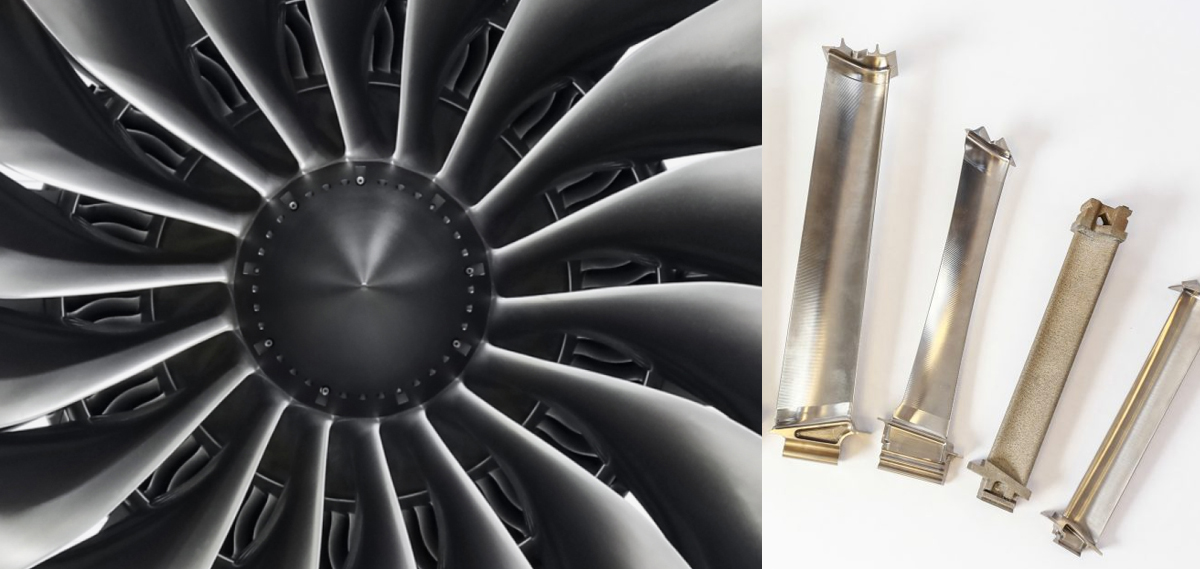
- Company: Avio Aero – a subsidiary of GE Aviation
- Product: Turbine Blades for the Boeing 777X jet
- Parts: 60,000 per year
- Reason: AM delivered a more efficient part, using less material and faster
- Printer: Arcam EBM and Spectra H
- Technology: Electron Beam Melting
At its facility in Cameri, in northern Italy, Avio Aero – a subsidiary of GE Aviation – is additively manufacturing turbine blades used in the GE9X engine for Boeing’s next-generation 777X jets. Avio Aero’s factory houses a fleet of over 35 GE Arcam EBM A2X and Spectra H machines. Each can simultaneously print six turbine blades in about three days. The new Arcam Spectra H machines can produce up to 10 blades in around the same amount of time. Additively manufactured titanium alloy blades are half the weight of traditional nickel alloy turbine blades used in aviation, resulting in a fuel consumption reduction of 10%.
In partnership with Safran Aircraft Engines, GE Additive also uses additive manufacturing to produce more than 30,000 fuel nozzles for commercial aircraft. The total weight of the nozzles was reduced by 25%, and they were able to consolidate several nozzle parts into one part.
Medical & Healthcare
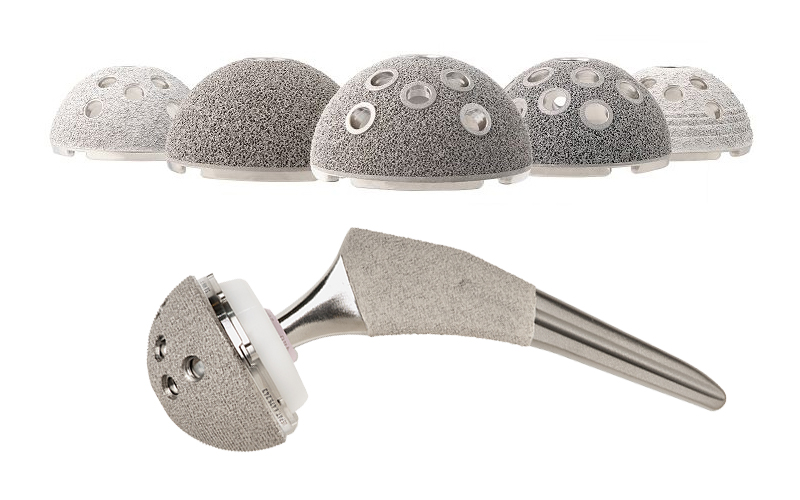
Hip Replacement Implants
- Company: Stryker
- Product: Medical Implants
- Parts: 1 million +
- Reason: AM delivers unique shapes not possible with traditional manufacturing technology, lower cost, faster product development cycles
- Printer: Proprietary
- Technology: Laser Powder Bed Fusion
Stryker is one of the largest medical device manufacturers in the world, with its own 3D printing facilities. The company creates devices and implants used in orthopedic surgeries, including knee, hip, shoulder, ankle, craniomaxillofacial, and spine procedures. They turned to mass-production using 3D printing several years ago because their Tritanium in-growth technology allows for faster bone regeneration and fusion in patients. The metal part geometry that enables Tritanium is impossible with traditional manufacturing methods.
Hearing Aid Covers & Parts
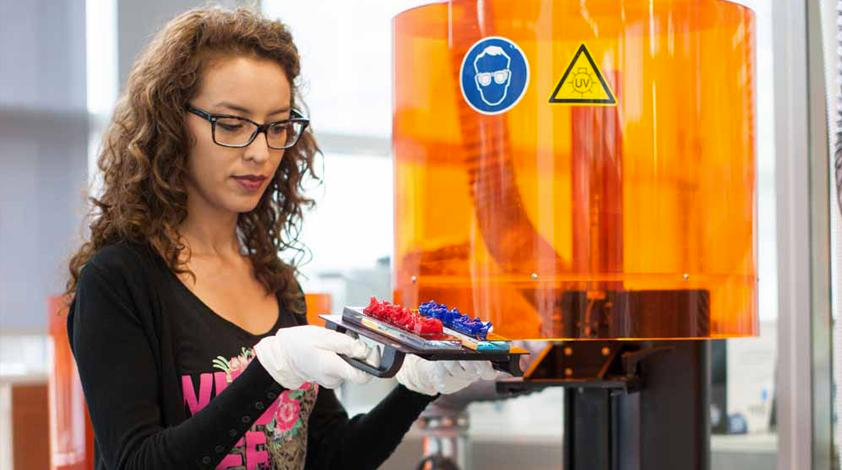
- Company: Sonova
- Product: Hearing Aids
- Parts: 50,000 +
- Reason: AM delivers unique, patient-specific shapes not possible to mass produce with traditional manufacturing technology
- Printer: Carbon via service provider Materialise
- Technology: Resin
Sonova was one of the first companies in the world to use 3D printing technology for the mass production of hearing aids. Today, all the shells for custom in-the-ear hearing aids, as well as various custom earpieces for behind-the-ear and receiver-in-canal hearing aids, are produced using 3D printers. This enables the shape of the shell to be tailored optimally to the wearer’s individual ear canal and degree of hearing loss.
Orthopedic Implants & Medical Devices
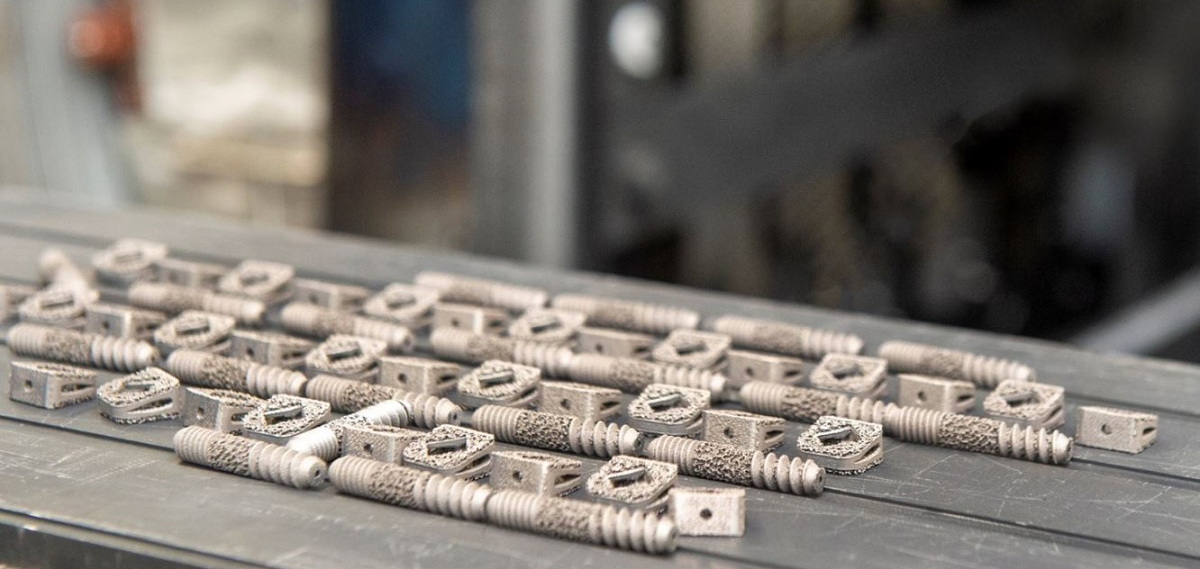
- Company: Lincotek Medical
- Product: Medical Implants
- Parts: 100,000 per year
- Reason: AM delivers unique shapes not possible with traditional manufacturing technology, lower cost, faster product development
- Printer: EOS via Lincotek Medical
- Technology: Laser Powder Bed Fusion
Lincotek Medical, part of the global manufacturing company Lincotek, recently celebrated a significant milestone. Since adopting additive manufacturing in 2006, the company has now produced more than 800,000 medical devices, such as orthopedic implants, using the technology. Lincotek uses EOS laser printers to produce more than 100,000 implantable devices annually. With significant investment into additive mass production, Lincotek is able to print medical devices in a wide variety of materials, including alloys of titanium, cobalt, steel, and nickel. From the beginning, Lincotek has focused on serial production and end-to-end solutions with its AM operations. By closely integrating part design, production, and post-processing steps, the company has reduced supply chain complexity for its clients and is offering a real alternative to traditional production chains.
Custom Orthopedic Shoe Implants
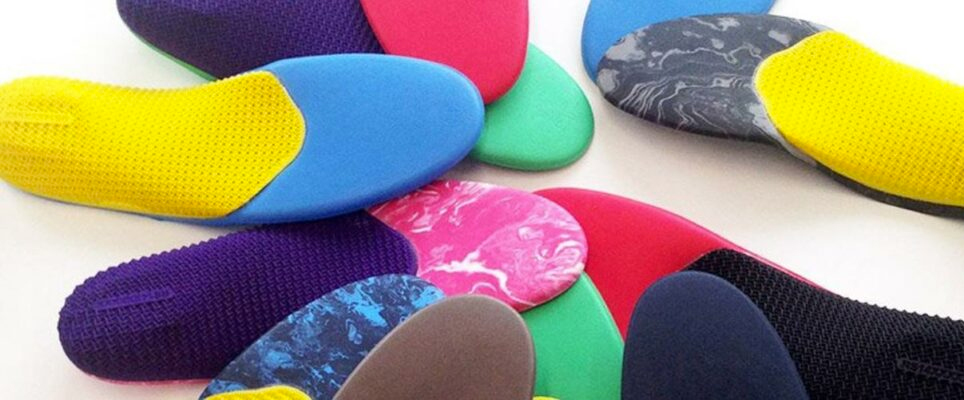
- Company: Phits
- Product: Orthotic Shoe Inserts
- Parts: 3o,000 +
- Reason: AM delivers unique, patient-specific shapes not possible to mass produce with traditional manufacturing techniques.
- Printer: EOS via service provider Materialise
- Technology: Selective Laser Sintering
Phits, a Materialise company, translate individual foot measurement data into 3D printed orthotics that fit the individual’s foot perfectly. Their orthotics are designed for work or individual sports. About 50 unique pairs are printed in a single batch. The company has since served around 30,000 people with custom insoles worldwide from manufacturing facilities in Europe and North America.
Invisalign Dental Clear Aligners
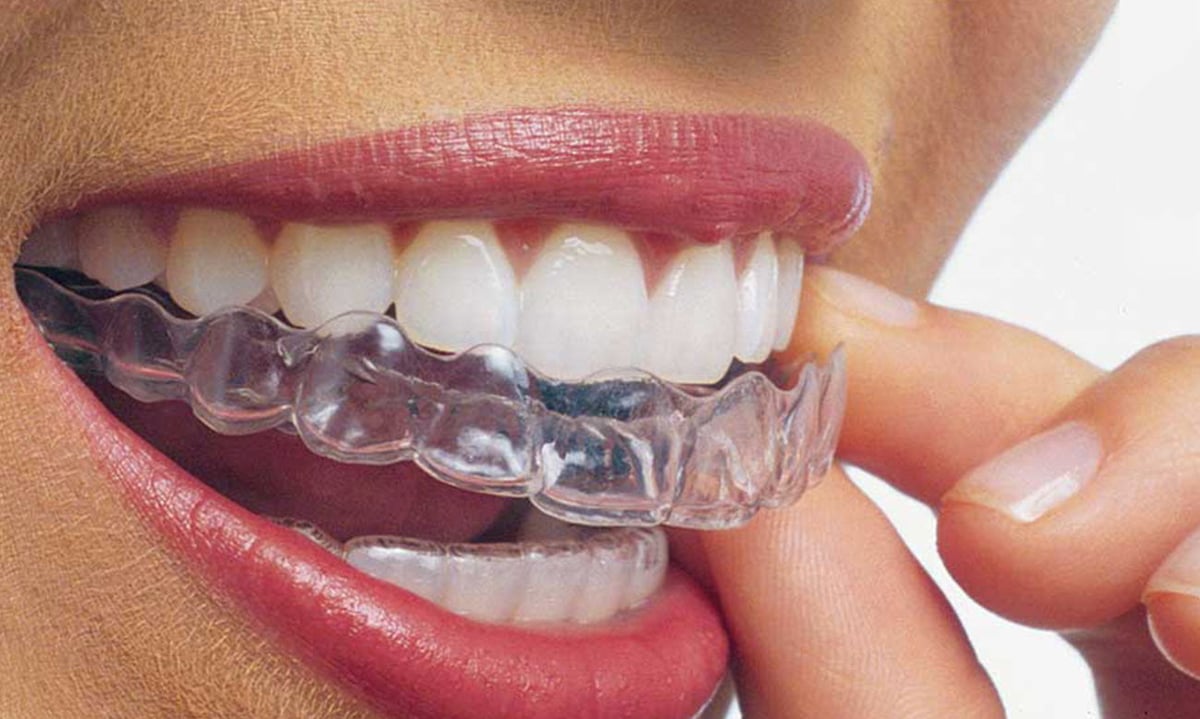
- Company: Align Technology
- Product: Customer dental models for aligners
- Parts: 14 million +
- Reason: AM delivers unique, patient-specific shapes not possible to mass produce with traditional manufacturing techniques.
- Printer: unknown
- Technology: Resin
Align Technology is the company behind the Invisalign brand of clear dental aligners. Although the aligners themselves are not 3D printed, the models of each patient’s teeth used to create custom Invisaligns are. Each 3D printed model is used to shape the final clear aligners. The company just celebrated surpassing 14 million customers. This is the poster child of mass customization, made possible by 3D printing that has revolutionized the orthodontic industry.
B to B Parts
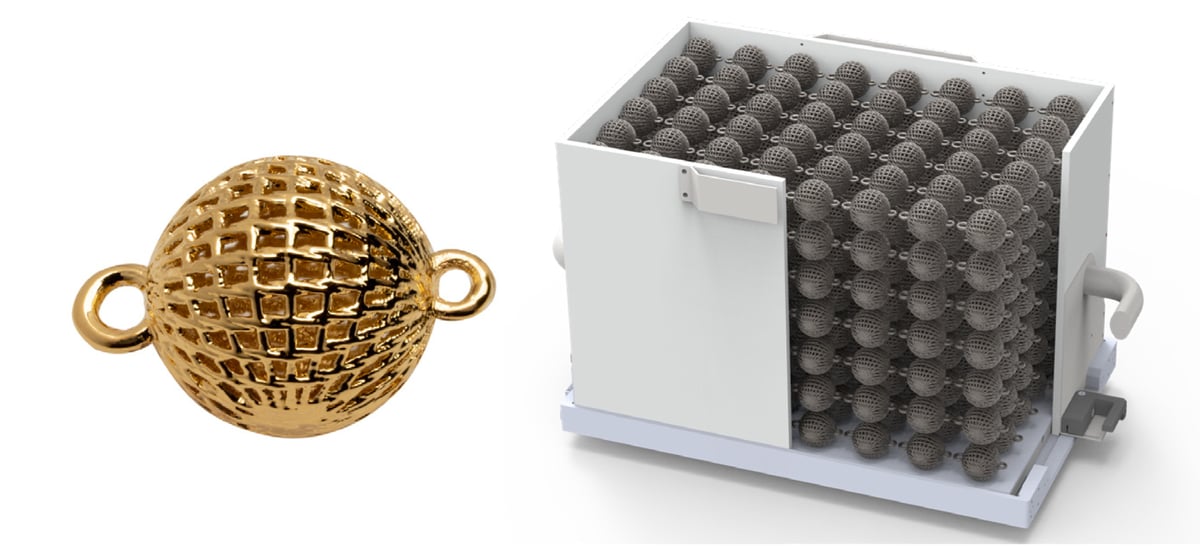
Branded Metal Fashion Accessories
- Company: EAC Metal Ornaments
- Product: Metal Accessories for Footwear and Leather Goods
- Parts: 73,000 +
- Reason: AM delivered a unique shape not possible with other manufacturing technology and lower cost
- Printer: Desktop Metal Shop System
- Technology: Metal Binder Jetting
EAC, a manufacturer of metal accessories for the fashion industry, had used various traditional manufacturing methods, from die casting to lost wax casting, each of which came with its own set of challenges, including custom tooling that is both expensive and time-consuming to produce. Even slight design changes from customers required the fabrication of new tooling – creating further delays and increasing costs. Using the Desktop Metal Shop System metal 3D printer, EAC dramatically shortens development timelines by moving directly from a digital design to a printed part in days as opposed to weeks while maintaining design flexibility. Because 3D printing allows for the creation of far more complex geometry than traditional manufacturing methods, EAC is able to provide customers with distinctive accessories that set their brand apart. EAC’s leather hardware production, for example, has increased from 10,000 pieces per week to more than 73,000.
Badgemaster Custom Retail Nametag order
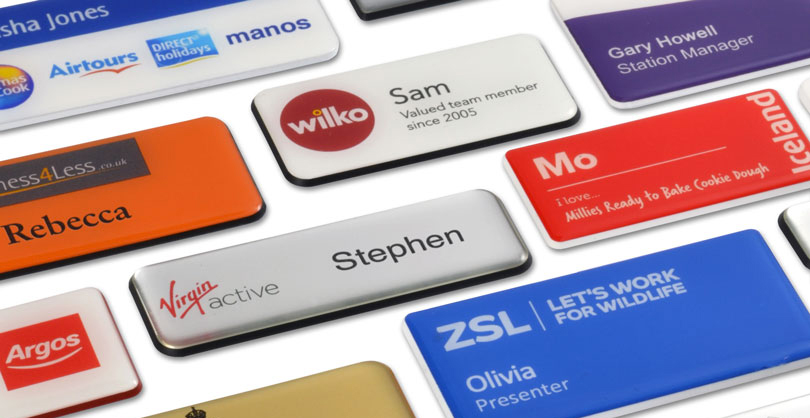
- Company: Badgemaster
- Product: Retail Nametags
- Parts: 30,000
- Reason: AM was faster than injection molding for a tight deadline
- Printer: Photocentric via its own 0n-demand service
- Technology: Resin
3D printer maker Photocentric, specializing in resin machines, also offers a parts service. One recent client, Badgemaster, a custom badge manufacturer that normally injection molds its product, needed 30,000 badges urgently. The lead time requested by the customer – to tie in with a major rebrand launch – was not enough to allow for new injection molding tooling to be manufactured. Photocentric was able to 3D print the badges in three weeks using its own printing farm. Although the badges were more expensive than the equivalent injection molded version, they were available quickly without the cost of an expensive injection mold tool.
Outsource Your Additive Serial Production

High-volume additive manufacturing isn’t just 3D printing more parts. It’s a manufacturing process that involves specialized software for volume design and workflows, carefully orchestrated 3D printing farms, skilled and time-consuming post-processing, quality assurance, and more. That is precisely why, most often, it’s left to additive manufacturing service companies that have invested in the hardware and software and employ the experts who know design for additive manufacturing, printing, and materials.
These manufacturing partners can help you decide if your product or product idea would be a candidate for additive manufacturing at scale, what design changes would improve your product or the process, and the best technology and materials.
The market for 3D printing service companies is growing almost by the day. There are independent companies as well as 3D printer makers who also offer on-demand manufacturing. We list our top pick in the guides linked below.
You May Also Like:
License: The text of "3D Printing for Mass Production: High-Volume 3D Printing" by All3DP Pro is licensed under a Creative Commons Attribution 4.0 International License.






